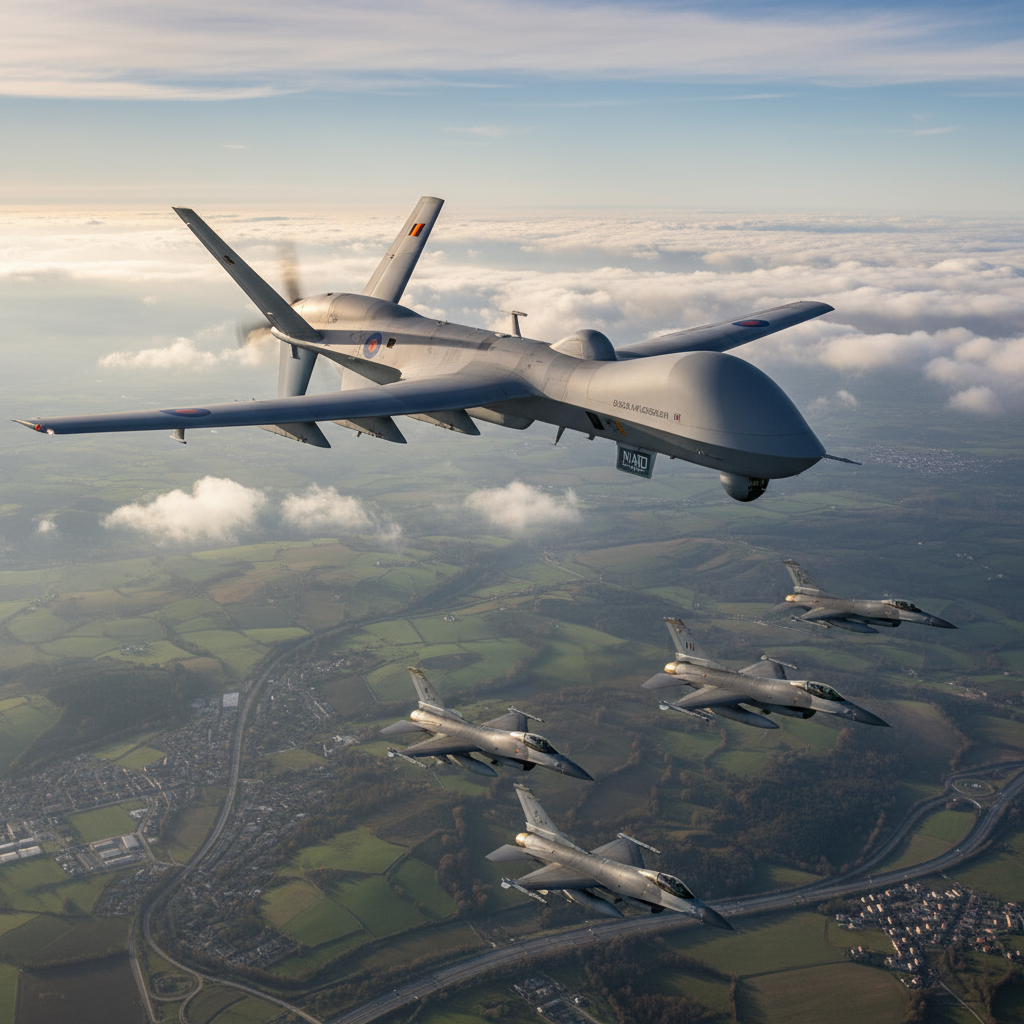Physical Address
304 North Cardinal St.
Dorchester Center, MA 02124
Physical Address
304 North Cardinal St.
Dorchester Center, MA 02124
Global aviation news tracker
Global aviation news tracker

The MQ-9B SkyGuardian is now flying with NATO allies, bringing longer endurance and new airspace integration capabilities.
The MQ-9B SkyGuardian, a remotely piloted aircraft (RPA) from General Atomics, has moved beyond initial deliveries to the United Kingdom Royal Air Force and the Belgian Air Force and into broader NATO (North Atlantic Treaty Organization) and allied operations. Its long endurance, satellite control from pole to pole, and automatic takeoff and landing features make it a flexible tool for persistent surveillance and maritime support.
Operators have highlighted the platform’s Detect and Avoid (DAA) system, which helps the MQ-9B operate safely in unsegregated civilian airspace alongside commercial traffic. That capability is a key step toward routine integration of RPAs into national airspace systems without requiring special restricted corridors.
Beyond the UK and Belgium, the MQ-9B is being tested and integrated in Canada, Denmark, and Poland, and it has participated in major United States Navy exercises. Those deployments demonstrate interoperability with NATO forces and partner services, showing how unmanned systems can extend reach for reconnaissance, search-and-rescue support, and maritime domain awareness.
For military planners, the MQ-9B represents a step toward scalable unmanned operations that can plug into existing command-and-control networks. For civil aviation authorities, the focus is on certifying DAA performance and procedures so RPAs can operate reliably near commercial routes. Both communities are watching how demonstrations and exercises translate into routine deployments.